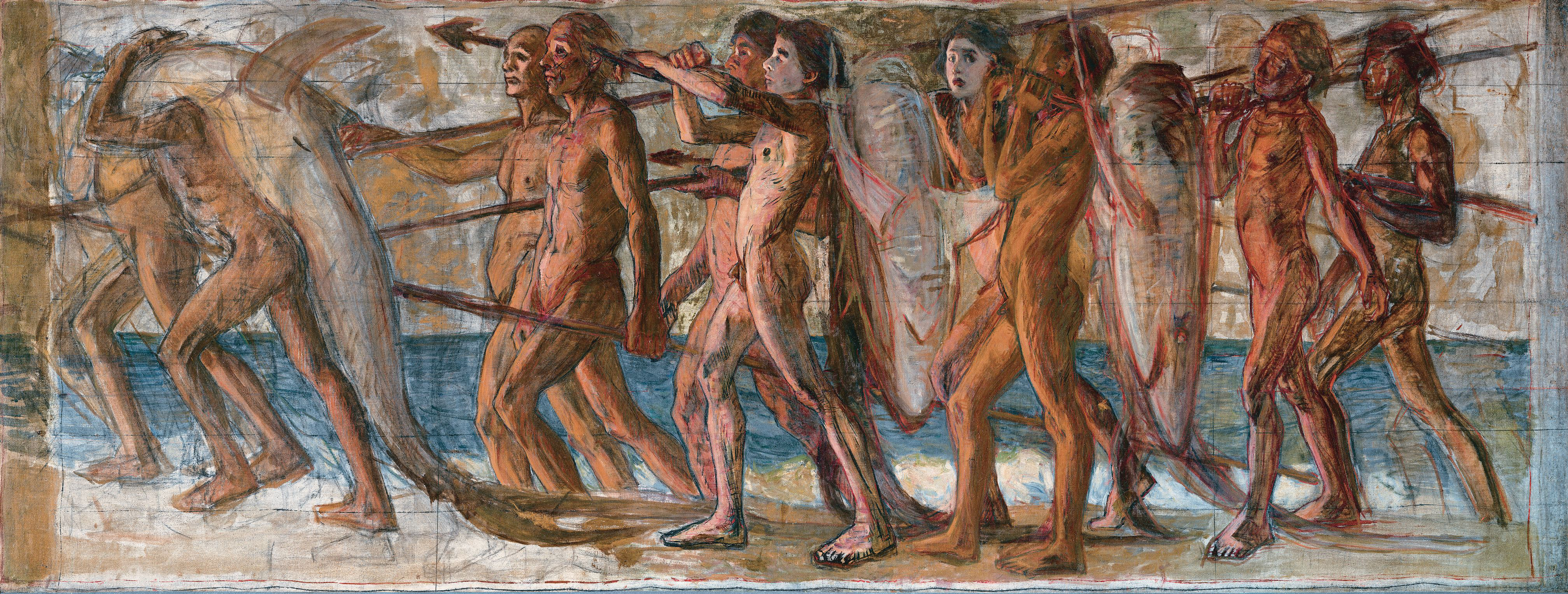Shigeru Aoki's short life was "beset by all manner of bad luck, and he passed through it like a shooting star" wrote Hanijiro Sakamoto (1882-1969), one of the giants of post-WWII Western-style painting. Shigeru (1882-1911) was only 28 when he passed away, and his active period as a painter was all the more short-lived — 1900-07.
He died of tuberculosis after wandering between acquaintances in his native Kyushu, where he had returned and was mired in tensions within his own family within those of the family of his mistress and infant son. Those issues were never resolved and all the while, he was hoping to return to the art circles of Tokyo.
Sakamoto considered himself the superior painter when he studied with Aoki under Miyoshi Mori, an artist who trained in Western-style painting in Kyoto and then returned to Kurume to teach local children. However, Aoki left for Tokyo in 1899 to study in the Fudosha painting school and in the following year gained entrance to the Tokyo School of Fine Arts. Sakamoto was surprised by Aoki's development and followed the same institutional route.



